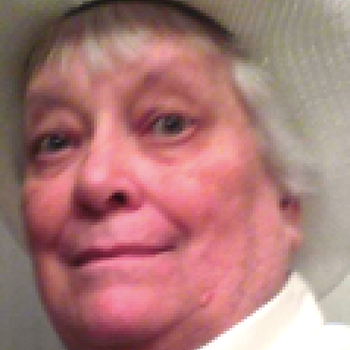Why are nucleotides added to 3' end?
1 Answer
The DNA is only copied in the 5' to 3' direction because eukaryotic chromosomes have many origins for each chromosome in keeping with their much larger size. If some were copied in the other direction, mistakes will happen. It keeps every cell division on the same page, so to speak.
Because DNA synthesis can only occur in the 5' to 3' direction, a second DNA polymerase molecule is used to bind to the other template strand as the double helix opens. This molecule synthesizes discontinuous segments of polynucleotides, called Okazaki fragments. Another enzyme, called DNA ligase, is responsible for stitching these fragments together into what is called the lagging strand.
The mechanism of DNA ligase is to form two covalent phosphodiester bonds between 3' hydroxyl ends of one nucleotide, ("acceptor") with the 5' phosphate end of another ("donor"). The two "sticky ends" have to be in opposite directions for replication of the entire DNA molecule to be complete.
The average human chromosome contains an enormous number of nucleotide pairs that are copied at about 50 base pairs per second. Yet, the entire replication process takes only about an hour. This is because there are many replication origin sites on a eukaryotic chromosome. Therefore, replication can begin at some origins earlier than at others. As replication nears completion, "bubbles" of newly replicated DNA meet and fuse, forming two new molecules.


